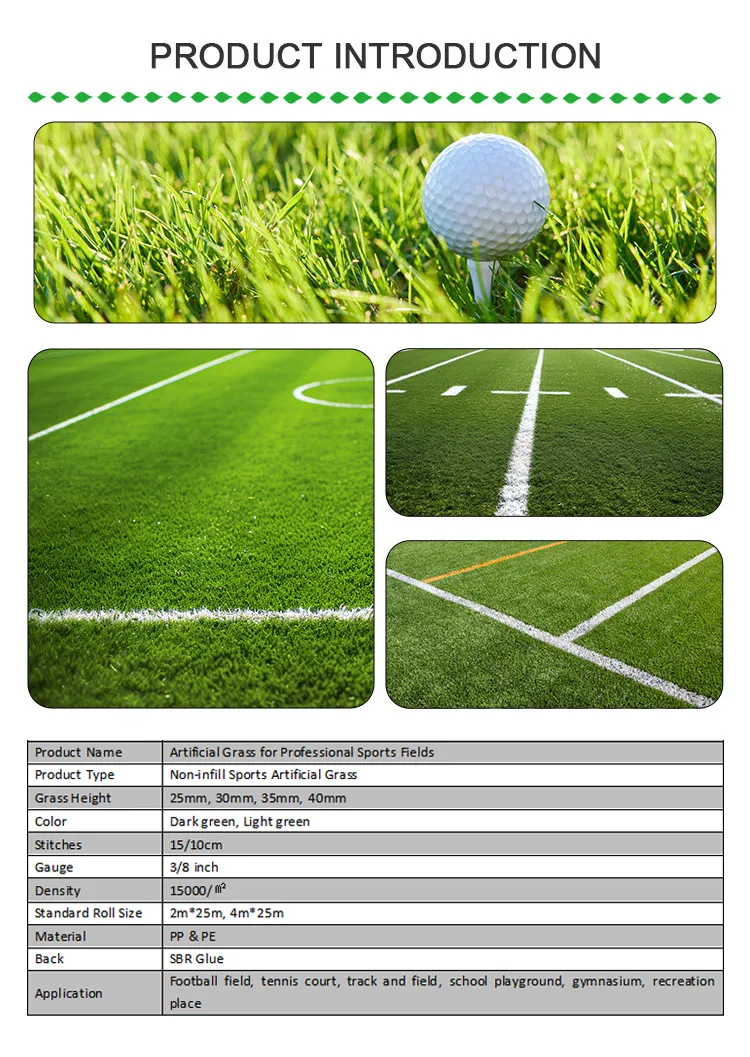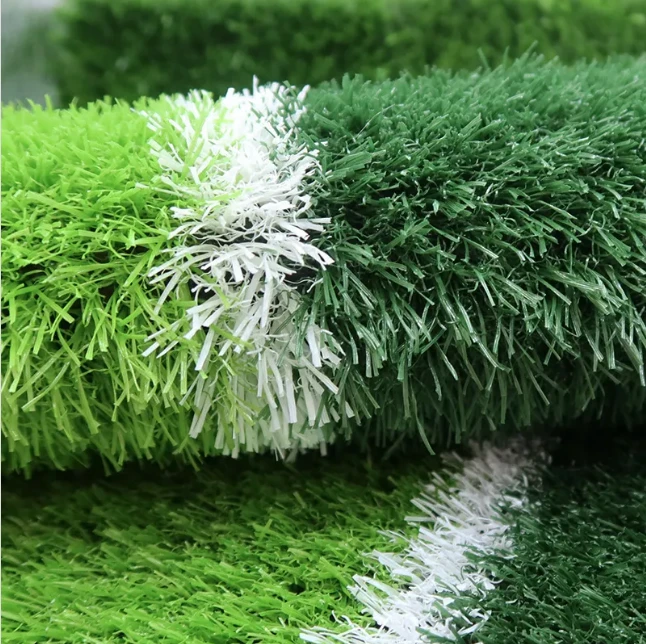Welcome to Hoyarn
Call Us Any Time:+86 19801805999
Email Us: info@hoyarn.cn

- Afrikaans
- Arabic
- Belarusian
- Bengali
- Czech
- Danish
- Dutch
- English
- Esperanto
- Estonian
- Finnish
- French
- German
- Greek
- Hindi
- Hungarian
- Icelandic
- Indonesian
- irish
- Italian
- Japanese
- kazakh
- Rwandese
- Korean
- Kyrgyz
- Lao
- Latin
- Latvian
- Malay
- Mongolian
- Myanmar
- Norwegian
- Persian
- Polish
- Portuguese
- Romanian
- Russian
- Serbian
- Spanish
- Swedish
- Tagalog
- Tajik
- Thai
- Turkish
- Turkmen
- Ukrainian
- Urdu
- Uighur
- Uzbek
- Vietnamese
Artificial Turf For Green Playgrounds, Boundless Energy
Feb . 13, 2025 03:52 Back to list
Artificial Turf For Green Playgrounds, Boundless Energy
Investing in artificial turf for playgrounds can be a game-changer, not just in terms of cost efficiency but also in ensuring safety, durability, and eco-friendliness. For stakeholders considering this upgrade, understanding all facets of its cost can provide valuable insights into making an informed decision.
Another dimension of cost consideration is the installation. A reputable installation service ensures that the artificial turf is laid down with precision, adhering to safety standards which minimizes risks such as tripping or slipping. A professional installation, while initially steeper in expense, prevents future liabilities and additional expenses linked to poor installation practices. Moreover, the environmental impact and subsequent regulatory costs should not be overlooked. Artificial turf can contribute positively to environmental conservation efforts by reducing water usage and eliminating pesticide application, potentially qualifying for environmental grants or subsidies. By reducing dependency on natural resources, it not only cuts costs but also aligns the establishment with eco-friendly practices. For schools, recreational areas, or municipal playgrounds, the incorporation of artificial turf can act as a statement of commitment towards sustainability and safety. The perceived value from users’ experiences enhances institutional credibility and trust. Parents and guardians prioritize safe, clean, and durable environments for their children, fostering goodwill and community support, which can translate into increased patronage or enrollment in the case of educational institutions. Testimonials and case studies from other playgrounds that have adopted artificial turf serve as powerful testaments. They provide real-world insights into maintenance routines, cost-savings achieved, and overall satisfaction, reinforcing the decision-making process for prospective buyers. In conclusion, while the cost of artificial turf installation may seem daunting initially, its long-term benefits offer a compelling argument for its adoption. Emphasizing safety, durability, and environmental consciousness, artificial turf remains a viable and forward-thinking solution for modern playgrounds. By integrating professional expertise and leveraging strategic planning, stakeholders can achieve a cost-effective, sustainable, and enriching play environment for future generations.


Another dimension of cost consideration is the installation. A reputable installation service ensures that the artificial turf is laid down with precision, adhering to safety standards which minimizes risks such as tripping or slipping. A professional installation, while initially steeper in expense, prevents future liabilities and additional expenses linked to poor installation practices. Moreover, the environmental impact and subsequent regulatory costs should not be overlooked. Artificial turf can contribute positively to environmental conservation efforts by reducing water usage and eliminating pesticide application, potentially qualifying for environmental grants or subsidies. By reducing dependency on natural resources, it not only cuts costs but also aligns the establishment with eco-friendly practices. For schools, recreational areas, or municipal playgrounds, the incorporation of artificial turf can act as a statement of commitment towards sustainability and safety. The perceived value from users’ experiences enhances institutional credibility and trust. Parents and guardians prioritize safe, clean, and durable environments for their children, fostering goodwill and community support, which can translate into increased patronage or enrollment in the case of educational institutions. Testimonials and case studies from other playgrounds that have adopted artificial turf serve as powerful testaments. They provide real-world insights into maintenance routines, cost-savings achieved, and overall satisfaction, reinforcing the decision-making process for prospective buyers. In conclusion, while the cost of artificial turf installation may seem daunting initially, its long-term benefits offer a compelling argument for its adoption. Emphasizing safety, durability, and environmental consciousness, artificial turf remains a viable and forward-thinking solution for modern playgrounds. By integrating professional expertise and leveraging strategic planning, stakeholders can achieve a cost-effective, sustainable, and enriching play environment for future generations.
Latest news
-
The Benefits of Artificial Turf for Indoors
NewsJul.15,2025
-
How Artificial Grass Suppliers Ensure Quality Products
NewsJul.15,2025
-
Artificial Grass and Pets: A Space for Relaxation
NewsJul.08,2025
-
Balcony & Outdoor Decoration with Artificial Grass
NewsJul.08,2025
-
Best Indoor Artificial Grass for Home
NewsJul.07,2025
-
Best Pet Turf for Dogs: Safe & Durable Artificial Grass Options
NewsJul.07,2025
Products categories









